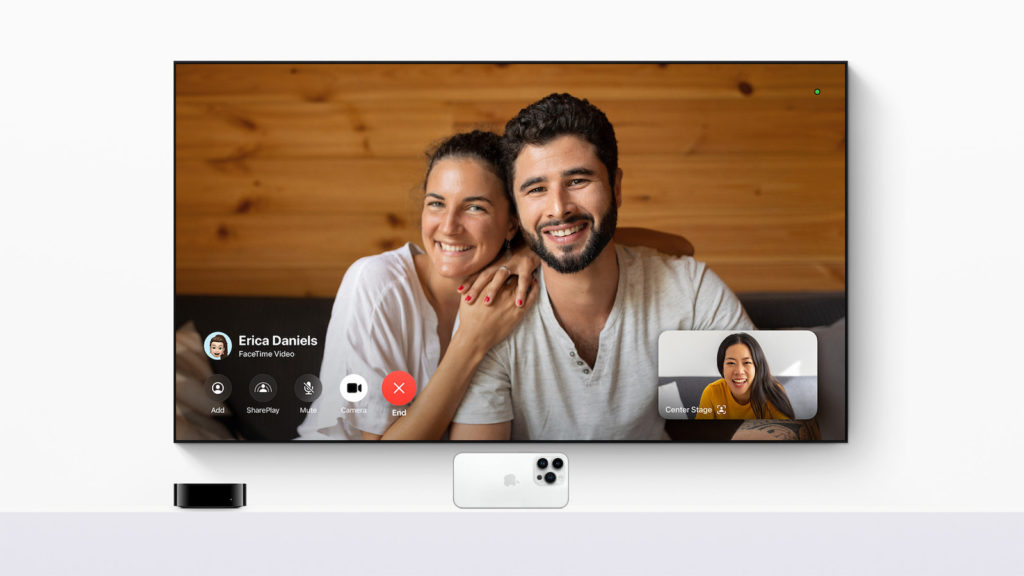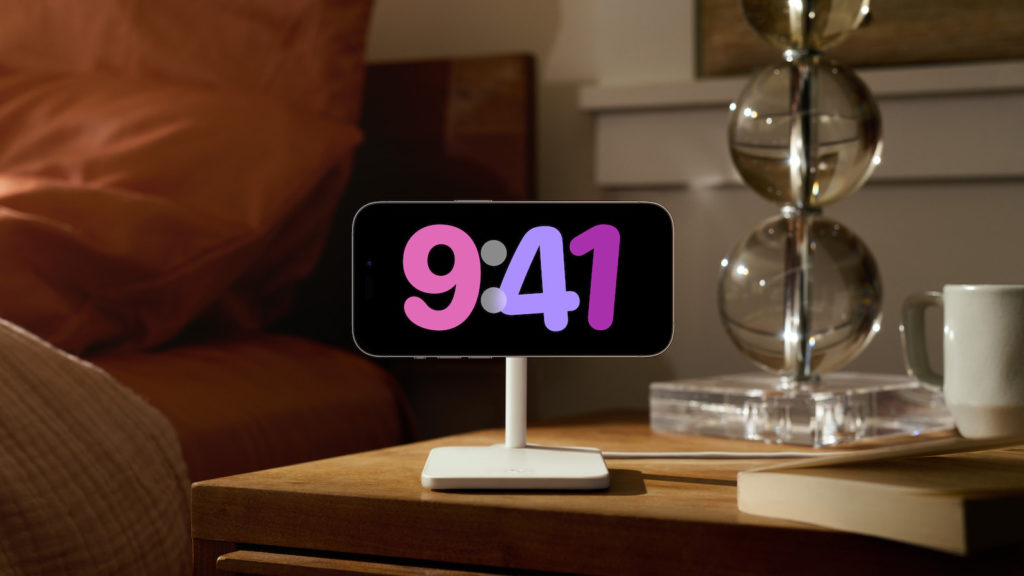Last week, Apple announced the upcoming major update to the iPhone operating system, iOS 17. With many exciting new features like NameDrop, Standby Mode, expanded lock screen customization options, and a smarter keyboard, iOS 17 promises to improve the user experience on your iPhone. In this article, you'll learn what features are available with iOS 17 and what requirements your iPhone must meet to use them.
Apple has made some changes to the device requirements with iOS 17. Compared to iOS 16, which worked on the iPhone 8 and newer models, iOS 17 no longer supports the iPhone 8, iPhone 8 Plus, and iPhone X. To install iOS 17, you now need at least an iPhone XR or newer model. But even if you have a suitable iPhone, you may need an even newer device to use some of the new features.
New features in iOS 17: Live Voicemail, 3D reactions, FaceTime on Apple TV, NameDrop and improved autocorrect
Live Voicemail
Live Voicemail changes the way you interact with Visual Voicemail. With iOS 17, you can play your voice messages in real time on the lock screen without having to dial a number. Note, however, that this feature is only available in the US and Canada. It works on any iPhone running iOS 17.
3D reactions in FaceTime
FaceTime offers new features with iOS 17, such as the ability to leave video messages if someone missed your call. You can also use the new 3D reactions to detect hand gestures and display effects such as hearts, confetti and fireworks. To use these features, you need an iPhone 12 or later.
FaceTime on Apple TV
With iOS 17 and tvOS 17, you can wirelessly connect your iPhone to Apple TV and start FaceTime calls on the big screen. This feature works with all iPhone models with iOS 17, but requires a second-generation (2021) Apple TV 4K or later.

NameDrop
NameDrop in iOS 17 lets you easily share your contacts with other iPhone users by holding them near the other person's iPhone. This feature is available on all iPhone models running iOS 17. It also works with Apple Watch, but only with Series 6 and later.
Improved autocorrect
Thanks to machine learning, iOS 17 better understands how you type on your phone and improves the accuracy and personalization of autocorrect. Words that have been corrected are temporarily underlined, and you can go back to the original word with a tap. However, this feature is only available on iPhone 12 and later models in certain languages.
What's new in iOS 17: Keyboard prediction, adaptive audio and more
keyboard prediction
Another new feature concerns the keyboard. With inline prediction as you type, the system recognizes the words or sentences you type and completes them automatically when you press the space bar. This feature also requires an iPhone 12 or newer and is only available in English for now.
Adaptive audio and faster automatic switching of AirPods
Apple has also introduced great improvements for AirPods owners. The Adaptive Audio feature dynamically adjusts the transparency and active noise cancellation of the AirPods to the environment. This feature is fully available with compatible iPhone models, but only with the second generation AirPods Pro.
Mute and unmute AirPods
During a call, you can now press the stem of your AirPods to mute or unmute the call. This feature is compatible with third-generation AirPods and both generations of AirPods Pro. On AirPods Max, you can use the feature via the Digital Crown.
New "Siri" command
With iOS 17 and other updates, it is no longer necessary to say "Hey Siri" to speak to the virtual assistant. This command now works on all iPhones with iOS 17, but for now only in English. As for AirPods, only the second generation AirPods Pro are compatible.
Siri back-to-back requests
Siri now allows back-to-back requests. This means that once you've enabled Siri, you can make multiple requests in a row without having to enable it again. For example, you can say, "Siri, text Emma that I'm out," and then, "Remind me to water the flowers when I get home," without saying "Siri" each time. This feature is only available in English for now.
Keep track with activity history for your Home app
Showing and Speaking
Another accessibility feature in iOS 17 is Point and Speak, which makes it easier for people with visual impairments to interact with physical objects that have text labeled on them. You can point your iPhone's camera at something, and the system will read the recognized text. However, this feature is only available on iPhones with LiDAR scanners, such as the iPhone 12 Pro and newer Pro models.
activity history
The new Activity History in the Home app lets you see who locked or unlocked the door and when, as well as recent activity for garage doors, contact sensors, and your security system. This feature is compatible with any iPhone running iOS 17, but requires an architecture update to your Home app to enable it.
standby mode
iOS 17 introduces the new Standby mode, which displays an alternative UI with full-screen widgets when the iPhone is lying horizontally and connected to the charger. Standby mode is available on all iPhones running iOS 17, but only the iPhone 14 Pro keeps the information permanently on the screen due to its always-on screen.

iOS 17 Conclusion
With iOS 17, Apple is bringing many exciting new features to the iPhone operating system. From Live Voicemail to 3D reactions in FaceTime to improved autocorrect and the new Siri commands, there are numerous improvements that enrich the iPhone experience. It is important to note that not all features are available on all iPhone models, so you should check if your iPhone is compatible with iOS 17 to take advantage of all the new features. The first beta version is already available for developers, while a public beta is expected in the summer. The official release of iOS 17 is planned for the fall. Are you looking for new accessories? Then take a look in our Amazon Storefront - there you will find numerous products from leading providers, also for HomeKit and Co.! (Image: Apple)





